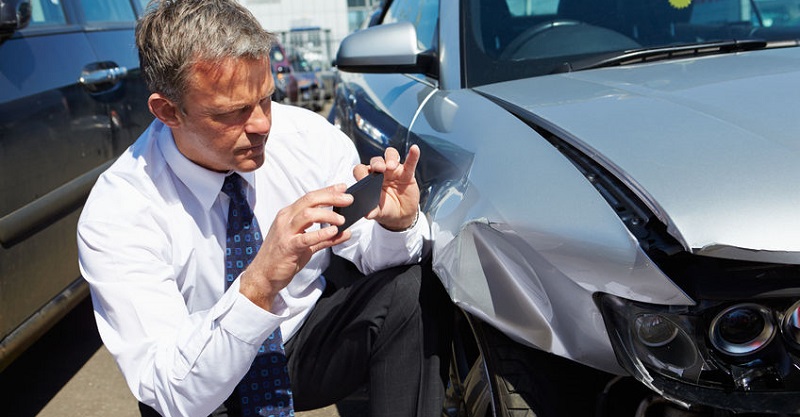When parts need to be ordered for your car repair, insist on Original Equipment Manufactured (OEM) parts, the same type, and quality that were on the vehicle before the auto accident occurred.
Discover How to Get Compensation for Damaged Personal Items After a Colorado Auto Accident
A personal injury claim usually focuses on the injuries suffered by the accident victims, including medical bills, loss of earning capacity, loss of wages, pain and suffering, loss of enjoyment of life, and permanent injury. You can hire some accident attorneys to help you figure out what you need.
But what about getting compensated for the loss of tangible personal property that might have been damaged or destroyed in the accident?
Property Damaged in an Auto Accident
Some car accidents may result in more than severe personal injuries; damaged property is also a major concern. This damaged property might include:
- The vehicle
- Laptop computer
- Cellphone
- Jewelry
- Stereo equipment and speakers
- Vehicle add-ons
- Tools
- Glasses
- Clothing
- Other personal items in the car at the time of the accident
To recover compensation for property damage sustained in a car accident, you will need to file a property damage claim with either your insurance company or the liable party’s provider, depending on the circumstances surrounding the collision. Most insurance companies, however, will require their customers to inform them of any accident, no matter who was at fault.
Unlike personal injury claims, which can take much longer to resolve, property damage claims are usually less complicated to prove and typically settle much more quickly.
Submitting a Property Damage Claim
If you are in an auto accident and your vehicle is damaged or even totaled, you will need to submit a claim to get the repairs covered by your insurance provider. To be eligible to file a property damage claim with your own insurance provider, you’ll need to have either comprehensive or collision coverage.
Additional coverages, such as custom parts and equipment coverage, might also apply. If you think the other driver was at fault, you’ll need to submit a third-party claim to his insurance company, but if you’re unsure about liability, you should submit a claim to your company as well.
If an investigation concludes that the other driver was liable for the damage and your company paid the expenses, they can seek subrogation for reimbursement of the money they paid out on your behalf, and you might also be able to get your deductible back. If you need a rental car while your car is being repaired, your insurer might pay for it, although you might be required to have rental reimbursement coverage in place for that to happen.
Obtaining Fair Compensation for Your Losses
When your car is damaged, you have a right to have it restored to the condition it was in before the accident occurred; if parts need to be installed, you should insist on Original Equipment Manufactured (OEM) parts, the same type and quality that were on the vehicle before it was damaged.
If insurance adjusters determine the car’s damage to be a total loss (the damages to the car exceed what the car is worth), you may need to negotiate with the insurance company, preferably with the help of an experienced Colorado personal injury attorney. Use online resources such as Kelly Blue Book or CCC Information Services to determine the actual cash value (ACV) of your car. After the value is determined, the insurance company will write you a check for that amount, but remember: the check may or may not equal the amount owed on the auto loan.

